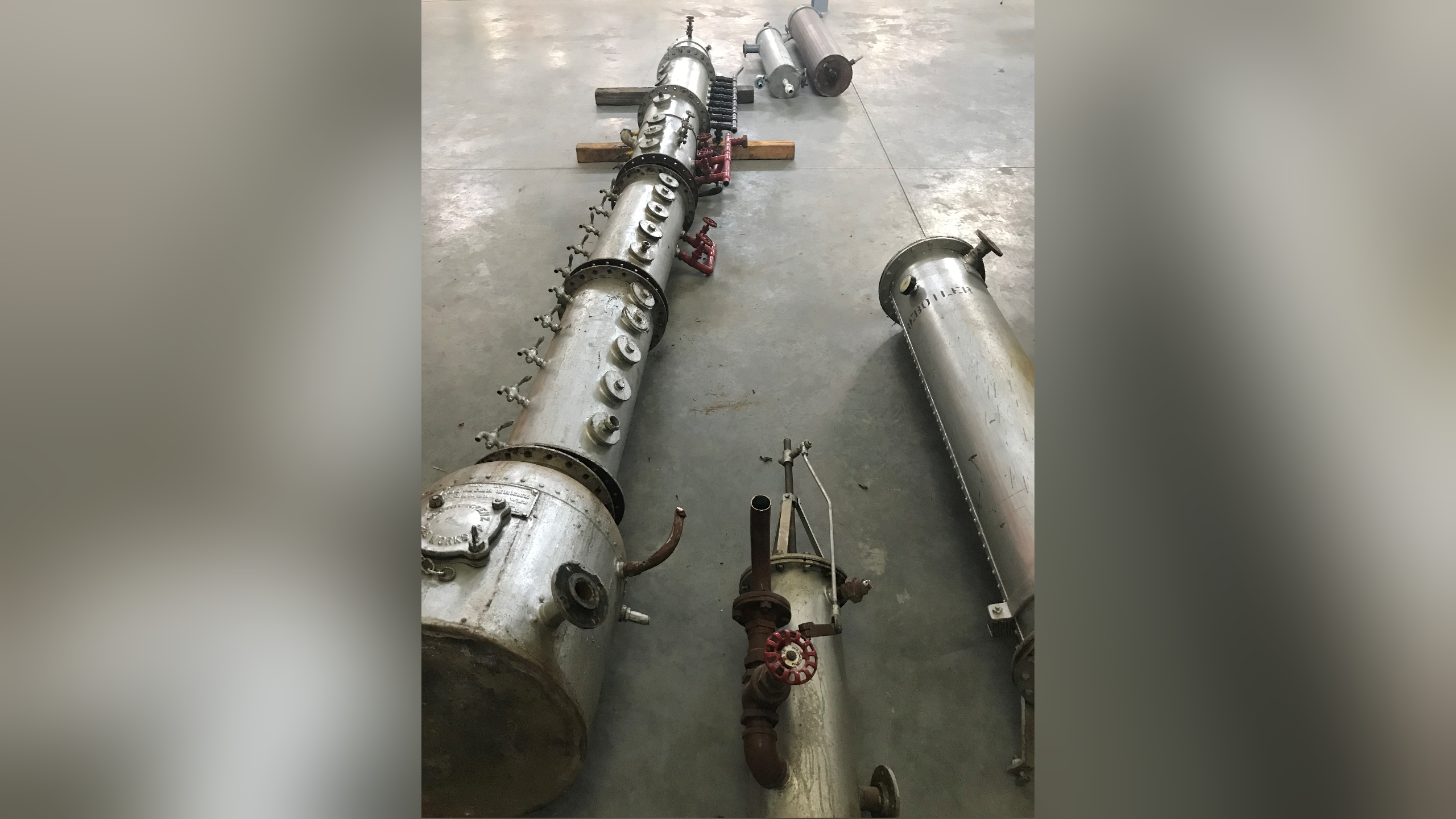Distillation is a widely used process for separating and purifying different chemicals from a mixture based on their boiling points. Distillation columns play a crucial role in this process, as they provide the necessary surface area and height for the efficient separation of components in the mixture. In this article, we will shed light on the fundamentals of distillation columns and also discuss the distillation column price, which is an important concern for businesses and industries utilizing this process.

Types of Distillation Columns
Distillation columns come in various types and designs based on their application and the chemical properties of the mixture to be separated. Some of the common types of distillation columns are:
1. Binary Distillation Column: A binary distillation column is used for separating only two components of a mixture based on their boiling points.
2. Fractionating Distillation Column: Fractionating distillation columns are used for separating multiple components of a mixture with similar boiling points.
3. Packed Distillation Column: In a packed distillation column, a packing material such as ceramic, metal, or plastic is used to provide an increased surface area for efficient separation of components.
4. Tray Distillation Column: Tray distillation columns make use of trays or plates to provide a large surface area for the separation of components and can be used for both binary and fractionating distillation.
Working Principle of Distillation Columns
Distillation is based on the principle that different components of a mixture will vaporize at different temperatures and can be separated based on their boiling points. In a distillation column, the mixture to be separated is introduced at the bottom of the column, while a heat source such as a reboiler is used to vaporize the mixture. The vapor then rises up the column, and the components with boiling points closest to the heat source will vaporize first.
As the vapor rises, it comes in contact with a condenser, which cools it down and causes it to condense back into a liquid. The condensed liquid is then collected in a distillate receiver, while any uncondensed vapor is returned to the column for further separation. In a fractionating distillation column, the process is repeated multiple times until all the components have been separated based on their boiling points.
Distillation Column Price
The price of a distillation column can vary widely based on its size, material, design, and type. Typically, larger columns made of more expensive materials like stainless steel will cost more than smaller columns made of glass or plastic. The type of distillation column will also affect its price, with tray distillation columns being generally more expensive than packed distillation columns.
In addition to the initial cost of the column, businesses and industries using distillation columns must also consider the ongoing maintenance and repair costs, as well as the energy costs required to operate the column. Proper maintenance and cleaning of a distillation column are essential to ensuring efficient and reliable operation and avoiding costly downtime.
Conclusion
Distillation columns are critical components of the distillation process, enabling the efficient separation and purification of different chemicals from a mixture. The choice of a distillation column will depend on the specific needs of the application and the properties of the mixture to be separated. Businesses and industries utilizing this process must also carefully consider the distillation column price, as well as the ongoing maintenance and operational costs, to ensure the most cost-effective and efficient solution.